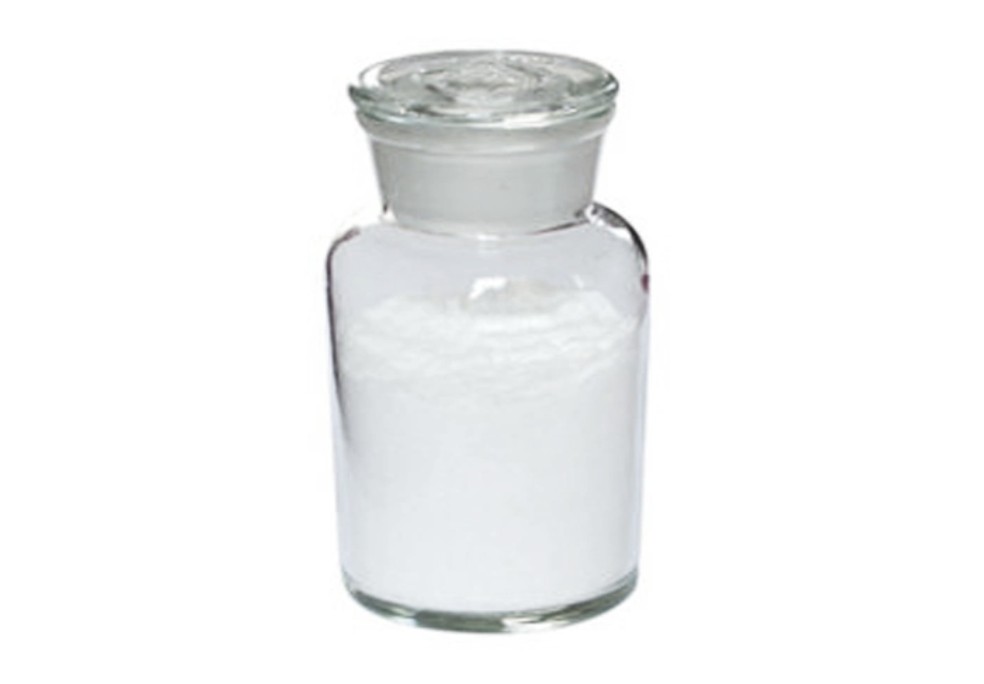Meno Produktu: Pramipexole Dihydrochloride Monohydrate
CAS: 191217-81-9
MF:C10H21Cl2N3OS
MW:302.26
Vzhľad: White or Off-White Solid
Skúška:99.53%
Použitie:It is sometimes used off-label as a treatment for cluster headache and to counteract the problems with sexual dysfunction experienced by some u sers of the selective serotonin reuptake inhibitor (SSRI) antidepressants.
Pramipexole is a dopamine agonist belonging to the same class of drugs as Cabergoline. The primary purpose of this drug is in the treatment of Parkinson's disease. Pramipexole is most commonly found under the brand names Sifrol, Mirapexin and Mirapex, although generics are also available. Mirapex is the most well known brand by Boehringer Ingelheim Pharmaceuticals. Along with treating Parkinson's, Pramipexole is also prescribed for the treatment of restless legs syndrome. The drug has also shown promising signs in the treatment of bipolar depression, although it has never officially held this label.
Pramipexole is a non-ergoline dopamine agonist indicated for treating early-stage Parkinson's disease (PD) and restless legs syndrome (RLS).It is also sometimes used off-label as a treatment for cluster headache and to counteract the problems with sexual dysfunction experienced by some users of the selective serotonin reuptake inhibitor (SSRI) antidepressants. Pramipexole has shown robust effects on pilot studies in a placebo-controlled proof of concept study in bipolar disorder. It is also being investigated for the treatment of clinical depression and fibromyalgia.
Pramipexole dihydrochloride monohydrate is used for treatment of idiopathic Parkinson's disease. During routine monitoring of the drug samples by HPLC, two impurities of pramipexole were observed. The molecular weights of the impurities were determined by LC-MS. The structures were postulated to be (6S)-(-)-2-amino-6-ethylamino-4,5,6,7-tetrahydrobenzo thiazole (ethyl pramipexole) a (6S)-(-)-2,6-di-(n-propylamino)-4,5,6,7- tetrahydrobenzothiazole (dipropyl pramipexole). These were synthesized subsequently, and characterized by NMR and IR. Their presence was confirmed by spiking into pramipexole sample and carrying out HPLC analysis. To our knowledge, ethyl pramipexole and dipropyl pramipexole have not been reported as process impurities elsewhere.






















